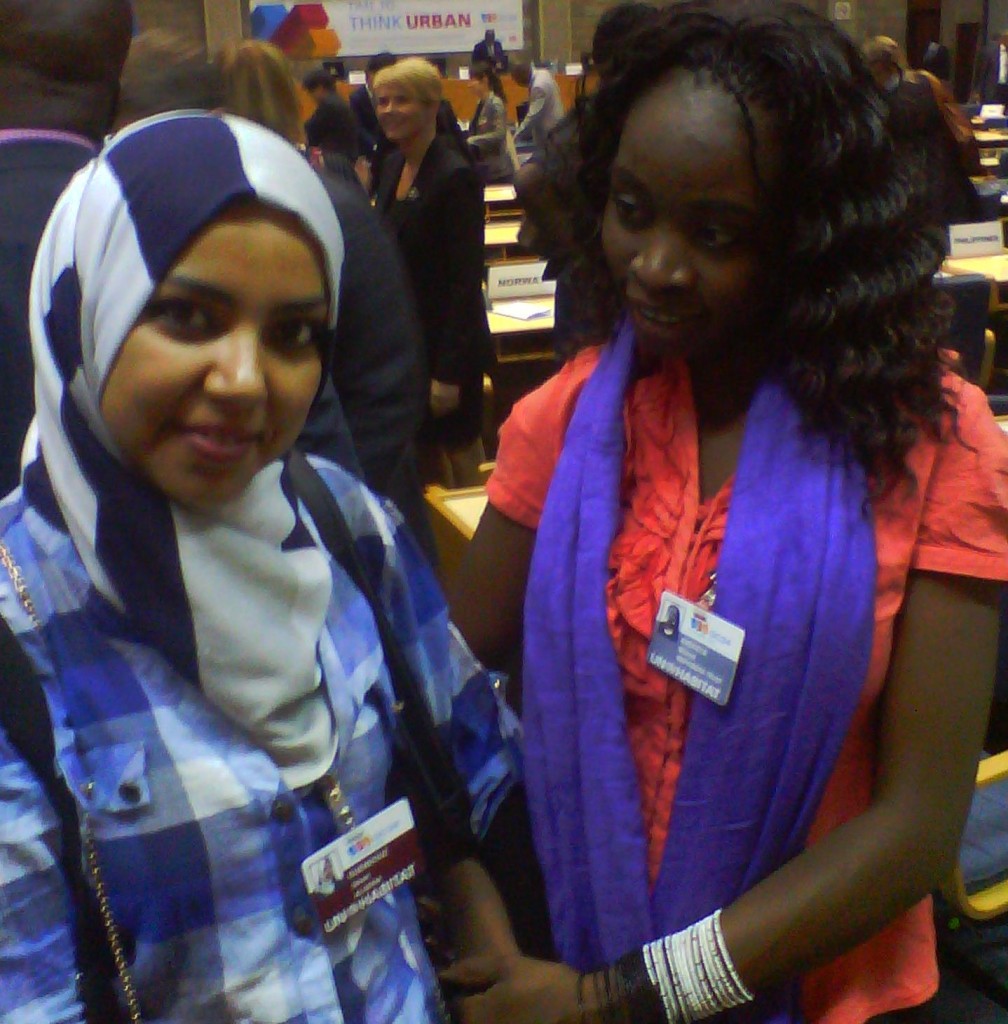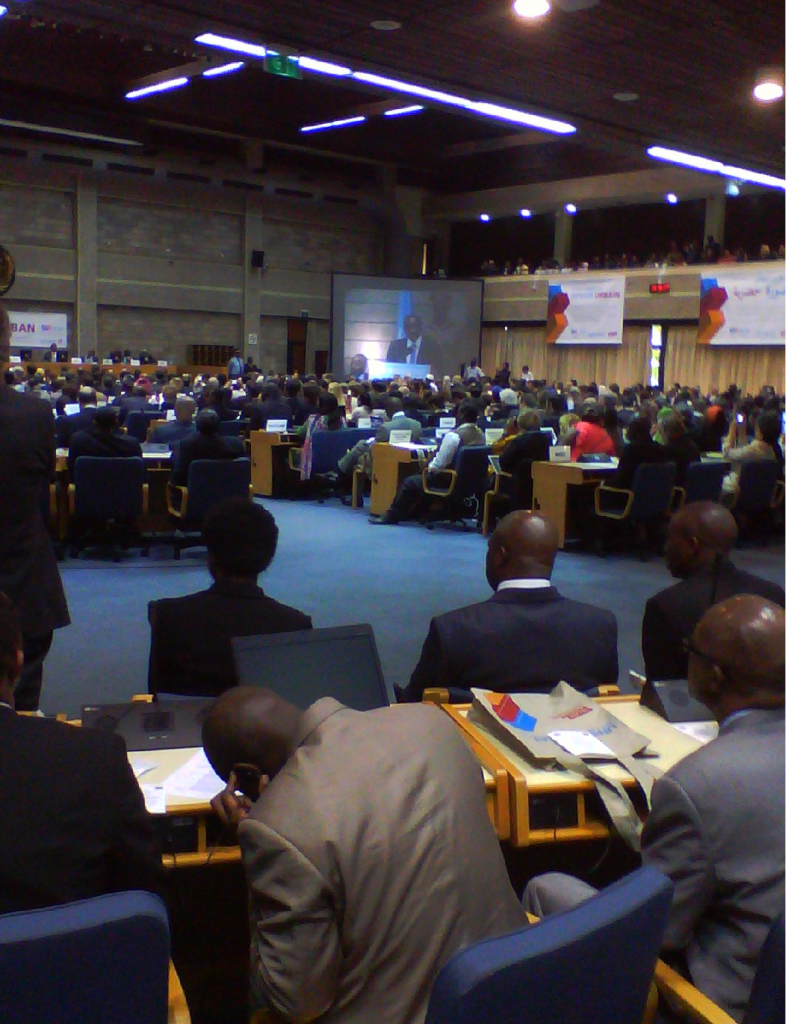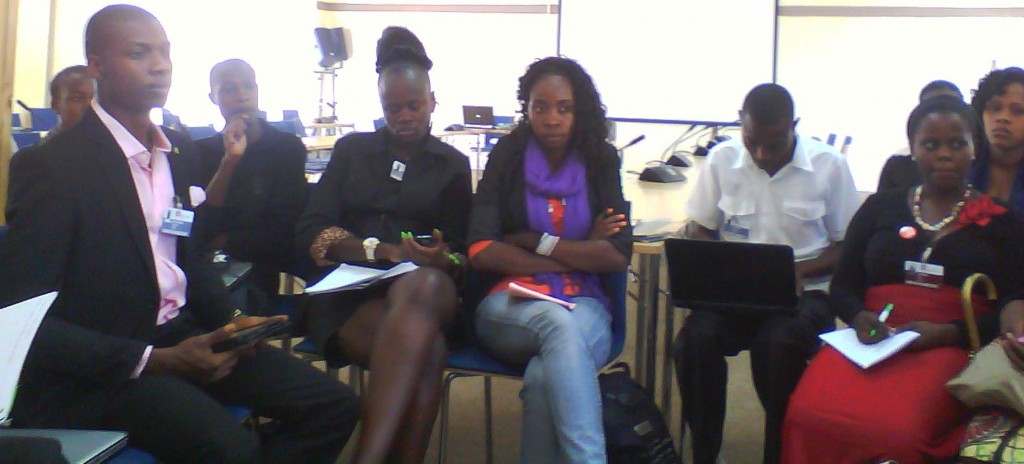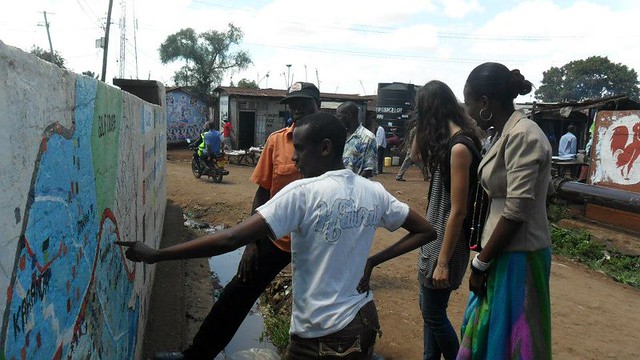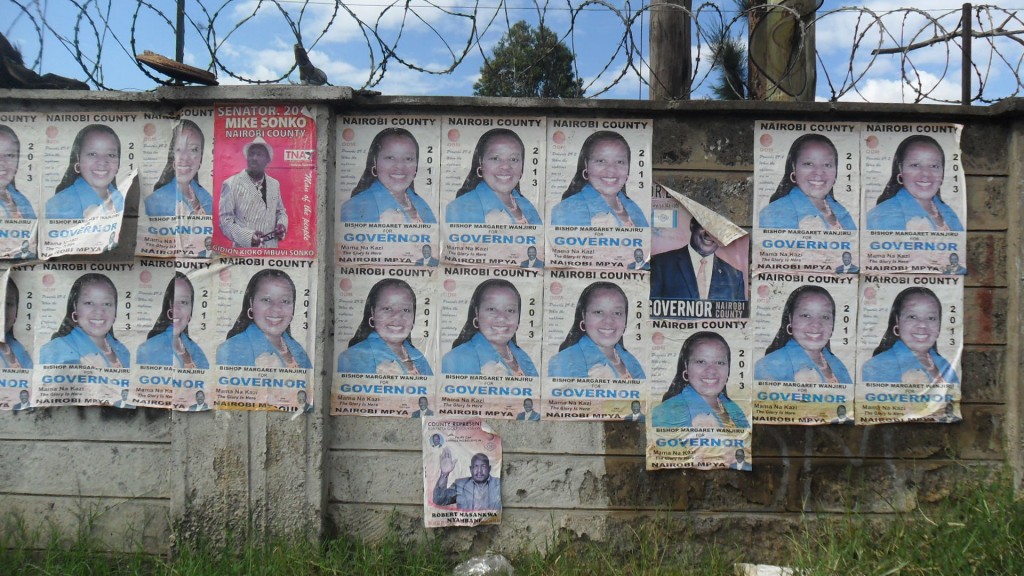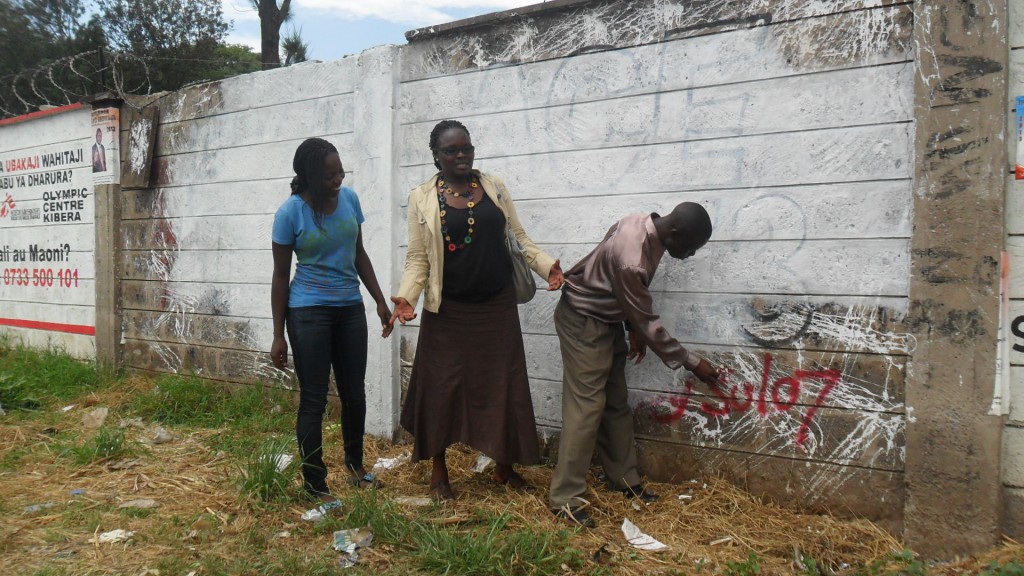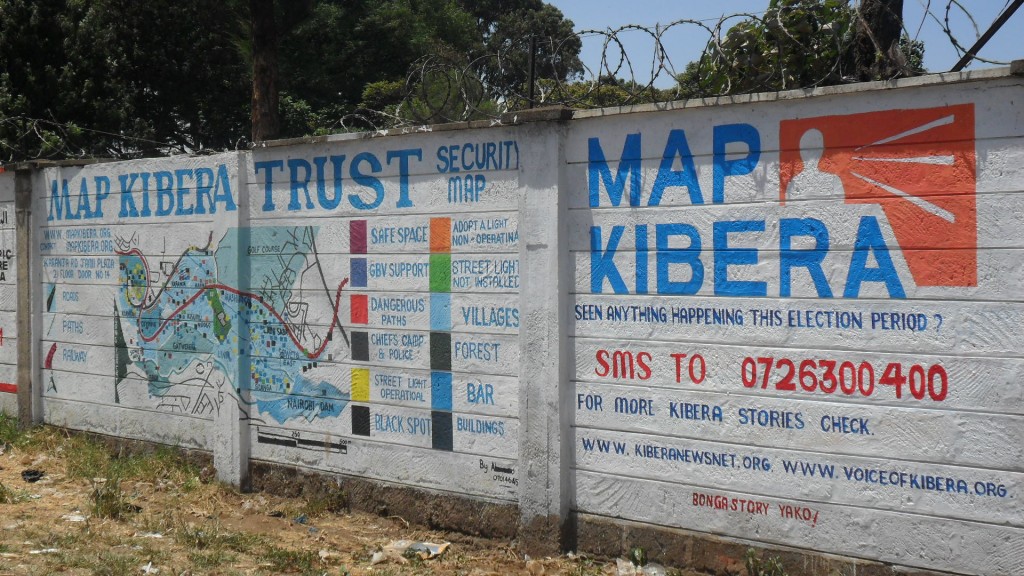The 24th UN HABITAT Governing Council (GC24) was held at the UN Complex Nairobi under the theme ‘sustainable urban development’, on the roles of cities in creating improved economic opportunities for all, with special reference to youth and women. The governing council serve as the intergovermental decision making body for UN-Habitat. The meeting was officially opened by newly elected Uhuru Kenyatta who emphasized youth and employment. He said youth issues are sidelined, and few are willing to talk about them, especially the need for youth to access information and employment.
Map Kibera Trust was privileged to participate, due to our work under the UN Habitat Youth Fund. We especially contributed to discussions in on the issues of ‘Safer Cities’ and environmental issues. Safer Cities encourages design at the level of local authority decision and policy making, focused on the most vulnerable, women and girls in the community. I presented how Map Kibera approaches the issue of security, one of our themes that has most impressed people in the community. I discussed the map and how it’s used for awareness with young ladies. The response was positive!
The rest of the youth discussion was engaging. A platform for discussion was held where young people went to enlighten each other on ideas to create jobs. A youth from Kibera and a member of Youth Advisory Board (YAB) presented, really helped us understand the issue by defining six points towards understanding job creation: E-ducation Everyone should be educated. E-xchange Exchange ideas towards job creation. E-mployment creation From the exchange of ideas, it will give you ideas on how to create jobs. E-quity After creating jobs you provide equal opportunity to everyone. E-mployment Everyone gets employment in the community. E-nterpreneuaship Everyone should market him/herself, especially using we should use ICT.
The Youth Caucus on the last day focused on youth inclusion. Youth shared real issues that affect them, issues that are sidelined, that no one is willing to talk about. When youth are enlightened they can focus on what they need and move forward. In contrast, a delegate from Uganda came out differently and said youth are there own enemies, they don’t think beyond financial issues. She encouraged youth to think about the long term, and address negative attitudes towards volunteering.
